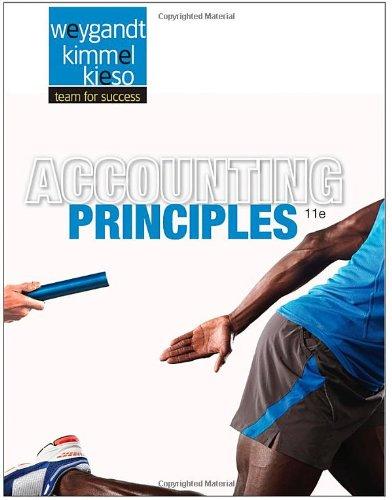Answered step by step
Verified Expert Solution
Question
1 Approved Answer
As an internal auditor for Alicia's Accessories, a manufacturer of jewelry and fashion accessories sold at popular chain stores throughout the United States, you



As an internal auditor for Alicia's Accessories, a manufacturer of jewelry and fashion accessories sold at popular chain stores throughout the United States, you are assigned to an advisory engagement for warehouse operations. The warehouse schedules pickup and delivery times based on data points like order frequency, pickup locations, available employees, and the layout of the warehouse. To support these scheduling decisions, the information system captures data, including demand, stock, layout, and daily operations like hours worked and equipment uptime, which is the time a piece of equipment is operating each day. Last year, the Internal Audit department partnered with the company's Process Improvement Six Sigma team to perform an advisory review and identify inefficiencies in warehouse operations. The review resulted in recommendations that the warehouse modify the layout by optimizing rack arrangements and redesigning where the conveyors are located. At the time, Internal Audit predicted that there would be a 35% reduction in distance finished goods traveled and a 70% reduction of workforce hours. Now that the implementation of these recommendations is complete, the chief operations officer has asked Internal Audit to perform data analytics to assess the actual impact of the modifications. You are given the following sample of historical data and sample of post-implementation data. Identify the actual reduction in average distance traveled and workforce hours and compare your numbers to the predicted impact. Determine if the recommendations have had more or less of an impact on the efficiency of the warehouse or if they have had no effect. Perform this analysis based on individual product types. Sample of historical data: Product Production Travel Hours Type Quantity Distance Labored A 189261 620 205 A 189620 695 246 A 189722 645 252 B 189630 456 126 B 190201 485 152 B 190322 501 149 B 190410 492 160 Sample of post-implementation data: Product Production Travel Hours Type Quantity Distance Labored A 189261 490 70 A 189620 540 55 A 189722 530 62 B 189630 225 32 B 190201 315 55 B 190322 266 43 B 190410 290 48 Historical average distance traveled Post-implementation average distance traveled Distance traveled reduction Product A Distance: Product B Distance: Historical average hours labored Post-implementation average hours labored Hours labored reduction Product A Labor Hours: Product B Labor Hours: % % % % Meets/Does not meet predictions Meets/Does not meet predictions
Step by Step Solution
There are 3 Steps involved in it
Step: 1

Get Instant Access to Expert-Tailored Solutions
See step-by-step solutions with expert insights and AI powered tools for academic success
Step: 2

Step: 3

Ace Your Homework with AI
Get the answers you need in no time with our AI-driven, step-by-step assistance
Get Started


